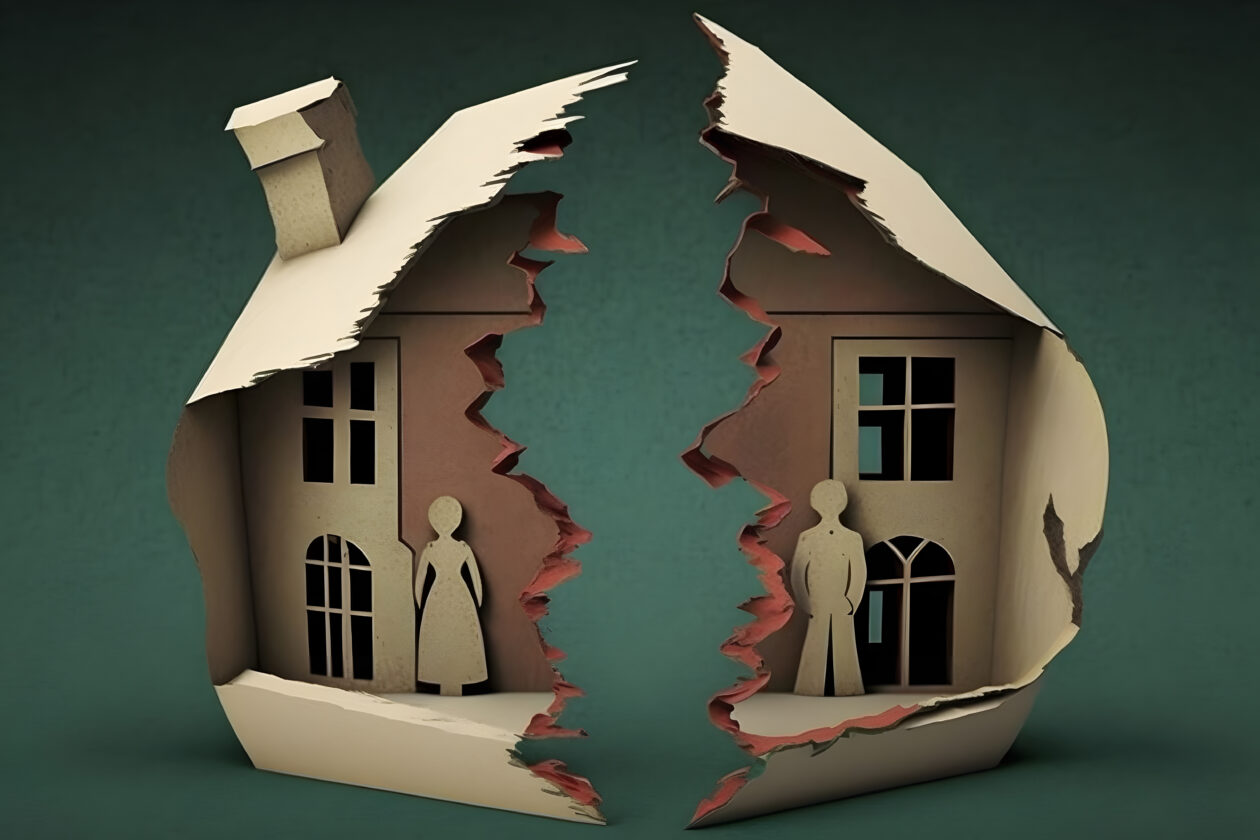Areas of expertise
Pursuing a Dissolution of Marriage
Ohio offers two main paths for ending a marriage: dissolution and traditional divorce. Dissolution, also known as simplified dissolution, is a faster and potentially less expensive option for couples who meet specific criteria. If you and your spouse agree on all aspects of ending your marriage, including child custody, spousal support, and division of assets, then dissolution of marriage may be the right choice for you. This streamlined process can help you move forward efficiently while minimizing conflict. CPM Family Law attorneys can guide you through legal proceedings and make sure your interests are protected.

Mutual Agreement
The cornerstone of a successful dissolution in Ohio is mutual agreement. Unlike a traditional divorce, both spouses must be on the same page regarding all aspects of ending the marriage. This includes dividing assets and debts fairly, determining child custody arrangements (if children are involved), and deciding on spousal support (if applicable). Reaching a mutual agreement minimizes conflict and streamlines the court process. However, if reaching an agreement proves difficult, considering mediation can help facilitate communication and a smoother path towards dissolution.
No-Fault Grounds
In Ohio, dissolution of marriage can be pursued based on “no-fault” grounds. This means you don’t need to prove marital misconduct like infidelity or cruelty. Instead, you and your spouse simply need to agree that the marriage is irretrievably broken. This simplifies the process and reduces potential conflict, allowing you both to focus on a smoother and more amicable separation.
Separation Agreement
A key element of pursuing a dissolution in Ohio is the separation agreement. This document formally outlines the terms of your marital separation, covering crucial aspects like child custody (if applicable), division of marital assets and debts, and spousal support (if agreed upon). Having a clear and comprehensive separation agreement helps avoid future disagreements and streamlines the dissolution process for the court. Having a trusted attorney assist in drafting a separation agreement ensures that your rights and interests are protected.
Financial Disclosure
In Ohio dissolutions, both spouses are required to make full and honest financial disclosures. This ensures transparency and fairness throughout the process. Financial disclosures typically involve detailed information about income, assets (including property, investments, and retirement accounts), and debts. Having a clear picture of each spouse’s financial situation allows the court to make informed decisions regarding the division of marital assets and debts, as well as potential spousal support (if applicable).
Final Hearing & Court Approval
The final hurdle in an Ohio dissolution is the court hearing. This is typically a short and streamlined process, assuming both spouses have reached a mutual agreement and submitted the necessary paperwork, including the separation agreement and financial disclosures. At the hearing, the judge will review the documents and ensure they comply with Ohio law. The judge may ask you and your spouse a few questions to verify your understanding of the agreement and confirm the marriage is irretrievably broken. Once everything is in order, the judge will grant the dissolution, finalizing your marital status.
Support for Dissolution of Marriage
Dissolving a marriage can be emotional and complex, even under the streamlined process of Ohio dissolution. Carlile, Patchen & Murphy’s experienced Family Law attorneys can guide you through every step of the way. We’ll help you navigate the legalities, ensure a fair and comprehensive separation agreement, and represent you confidently in court, if necessary. Our focus is on achieving an amicable and efficient dissolution that prioritizes your best interests and a smooth transition to your new chapter. Contact our office today to schedule a consultation and discuss how we can help you move forward with confidence.
Dissolution FAQs
View common questions that our Family Law attorneys are asked about the process of dissolution of marriage in Ohio.
+What is a dissolution of marriage in Ohio?
The Dissolution process in Ohio is a non-adversarial legal process that allows both spouses to jointly petition the court to end their marriage. Unlike divorce, dissolution requires that both parties agree on all terms—such as property division, child custody, and support—before filing.
+How is dissolution different from divorce in Ohio?
The main difference is that dissolution is cooperative, while divorce may involve conflict. In dissolution, spouses negotiate and sign a separation agreement before filing. In divorce, one spouse files a complaint, and the court may resolve disagreements through litigation.
+Do I have to go to court for a dissolution?
Yes, but only for a brief final hearing. Both spouses must appear before a judge to confirm that the agreement is voluntary, fair, and complete. If approved, the judge will issue a decree terminating the marriage.
+How long does the dissolution process take in Ohio?
A dissolution is often faster than a divorce. Once the petition is filed, Ohio law requires a hearing within 30 to 90 days. The entire process—if both parties are cooperative—can often be completed in 2–4 months.
+What are the benefits of choosing dissolution over divorce?
Dissolution is typically less expensive, faster, and less emotionally taxing than divorce. It encourages open communication and gives both parties more control over the outcome rather than relying on court-imposed decisions.
+Can I still pursue dissolution if we disagree on some issues?
No. For a dissolution to proceed, both parties must reach a full agreement on all issues before filing. If you cannot agree, a traditional divorce may be necessary, though mediation may help resolve disputes first.
+Do we need attorneys for a dissolution in Ohio?
While not legally required, it’s strongly recommended that obtain legal services from a Family Law attorney to review the agreement. Working with a CPM attorney ensures that your rights are protected, the terms are fair, and the paperwork is properly drafted and filed.
+What happens if one spouse changes their mind during the dissolution process?
If either spouse withdraws their consent at any point before the final hearing, the dissolution cannot proceed. One party would then need to file for divorce to continue with the termination of the marriage.
How can we help you today?
Give us a call or send a message with any inquiries and legal questions.
© Copyright 2022 – Carlile Patchen & Murphy LLP | Terms and Conditions | XML Sitemap







